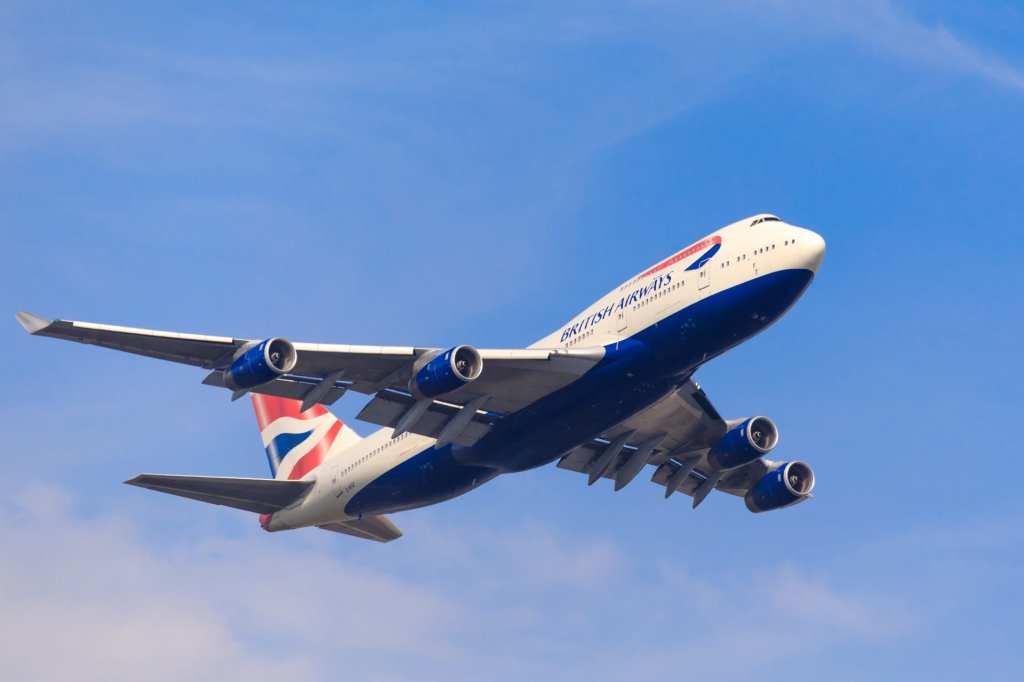Trending Now
I’ve always heard rumors about places you aren’t allowed to fly over (also, places that the Pope refuses to fly over), but it’s all just been speculation and hearsay for me up until now.
BUT NO LONGER. I did a little research and decided to learn about the actual places airplanes are not allowed to fly over and why, and here we are!
Some of these are probably pretty obvious, but some might just surprise you a little bit…
Here are 5 places in the U.S. that planes are not allowed to fly over. Enjoy!
1. Washington, D.C.
It makes a lot of sense that there is a no-fly zone over D.C. Think about it: the president, congress, the Supreme Court, the seat of government is all centered in our nation’s capitol.
2. Camp David
https://www.instagram.com/p/B4mWf23Ih1o/
Camp David in Maryland is another residence for the president, so naturally it makes sense that the area around it would be a no-fly zone. The country retreat is about 70 miles from the White House.
3. Area 51
https://www.instagram.com/p/B4f-ZWGoFCo/
One of the most mysterious places in the United States, Area 51 sits in the Nevada desert and is the inspiration behind countless movies, TV shows…and memes. Area 51 is a highly-classified military base, so you know that no planes are going to be flying over this patch of land.
4. Disneyland and Disney World
Okay, this might be one of the locations that you didn’t expect to see on this list. Why is it a no-fly zone, you ask? During the 1980s and 1990s, the theme parks were bombarded by aerial advertisements flying overhead and officials wanted to get rid of those nuisances. There’s also a safety component, as both parks are among the most significant tourist destinations in the country.
5. Boundary Waters Canoe Area Wilderness
This area covers over one million acres in Minnesota and was declared a no-fly zone back in 1949 when President Harry Truman signed an executive order. The boundary waters are one of the only few no-fly zones that are purely recreational.
Cool, right?






